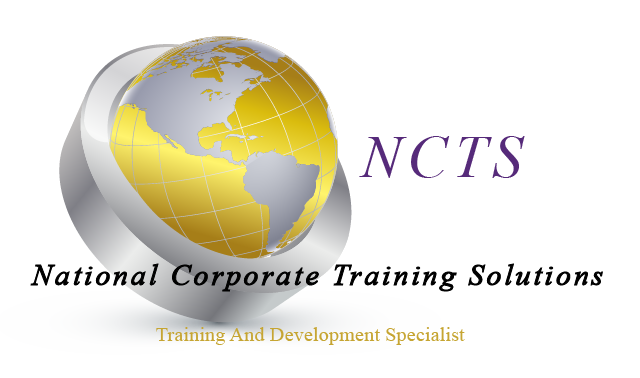Program Management Course Content Outline
Course Description:
This course is designed to help project professionals build on their existing knowledge and experience to learn Program Management strategies, the management of multiple concurrent projects, and how Program Management benefits the organization financially and in other ways. The course is based on PMI’s The Standard for Program Management, A Guide to the Project Management Body of Knowledge (PMBOK® Guide) and PMI’s The Standard for Program Management.
Course Duration: 2 Days (16 hours)
Course Objective:
Upon completion of this course, the participant will know and understand how to:
· Organize a large scope of work into an efficient program with all required elements integrated in a manner that increases the probability of good results.
· Ensure that the critical success factors are in place for a program.
· Follow a systematic approach for establishing and managing a program that is consistent with both the standard and best practices.
· Effectively manage risk in a program.
· Deal with the wide range of stakeholders associated with a program.
· Handle issues, escalation, risk and governance of a program.
· Expertly identify and deliver program and project benefits.
Course Outline:
1) Strategic Program Management
a) Initial program assessment
b) high-level road mapping
c) program mission statement
d) program objectives aligned to organization’s strategic plan
e) organizational benefits
i) financial
ii) nonfinancial
iii) maximization
f) program approval
g) integration opportunities and needs
2) Program Life Cycle
a) Initiating
i) program charter
ii) high-level program scope statements
iii) high-level milestone plan
iv) accountability matrix
v) standard measurement criteria
vi) program kick-off
b) Planning
i) detailed program scope statement
ii) program WBS
iii) optimized program management plan and schedule
iv) PMIS
v) project-level issues (monitoring and escalating)
vi) transition/integration/closure plan
vii) KPIs and BCS
viii) key human resources
c) Executing
i) constituent projects
ii) standards, resources, infrastructure, tools and processes
iii) communication feedback process
iv) training, coaching, mentoring and recognition
v) performance evaluation
vi) execute plans as needed
vii) project and program data
viii) evaluate status
ix) closure of constituent projects
d) Controlling
i) variances and trends
ii) corrective actions and updates
iii) program-level issues
iv) change management
v) impact assessments
vi) risk management
e) Closing
i) program performance analysis report
ii) stakeholder approval
iii) transition or close
iv) post-review meeting
v) lessons-learned and best practices
3) Benefits Management
a) Benefits realization plan
b) Synergies and efficiencies
c) Sustainment plan
d) Metrics
e) Close/transition/integration of constituent projects
f) Benefit register
g) Transition plan
4) Stakeholder Management
a) Stakeholder matrix
b) Stakeholder analysis
c) Stakeholder support
d) Program Manager visibility
e) Stakeholder communications
f) Stakeholder risk
g) Relationship building
5) Governance
a) Program and project management standards and structure
b) Governance model structure
c) Authorizations and approvals
d) KPIs
e) PMIS
f) Risk management
g) Escalation policies and procedures
h) Information repository
i) Lessons learned
j) Strategic objective alignment
k) Program integration management plan
NCTS Courses can be customized. Add, delete, or adjust content or length of the course to meet the needs of your company.

